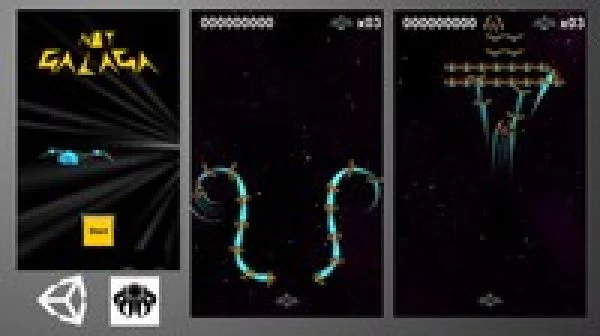
In this Course you’ll learn how to create a Space Shooter like the amazing Galaga in Unity Game Engine.
The concept is based on different behaviors the Enemy Space Ship can be in.
This course is an Intermediate course, so if you have trouble in any case, write me a message or Q&A, and i’ll help as best as i can.
If you are beginner, you might have some trouble to follow, but the videos will guide you through the complete course. Don’t forget you only become better if you repeat things and keep on learning!
So we create several Systems which will give us enough freedom to:
C# (Monodevelop)
create our own Pathes the enemies can fly on
create our own Formation system where the enemies go into for their typical left/right movement
create our own diving system to randomize enemies flying around
create our touch/click & and hold movement for the Player and shoot meanwhile holding
Unity (2018.2)
managing our systems and make them multifunctional
creating Space Particles like for Stars & Mist
using Trails to make nice visuals for the Space Ships
creating Particle Explosions
creating a Start and GameOver Scene and of course 1 Game Scene
Course Material
Instructor Details
Courses : 8
Specification: Unity Game Tutorial: Galaga 3D
|
13 reviews for Unity Game Tutorial: Galaga 3D
Add a review Cancel reply
This site uses Akismet to reduce spam. Learn how your comment data is processed.
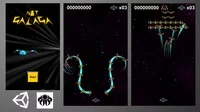
| Price | $14.99 |
|---|---|
| Provider | |
| Duration | 10.5 hours |
| Year | 2019 |
| Level | Intermediate |
| Language | English |
| Certificate | Yes |
| Quizzes | No |

$84.99 $14.99

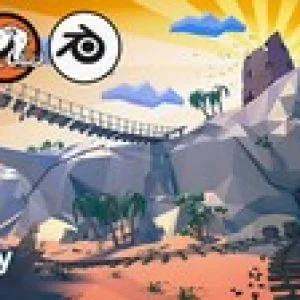

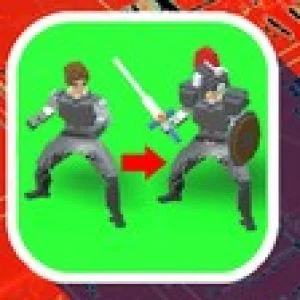

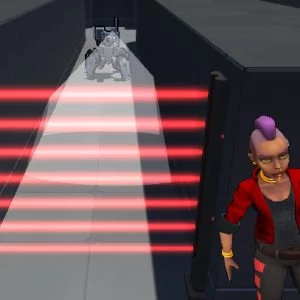
Roy Meredith –
I got it because i like remaking OLD games like galaxians etc, and was having trouble with enemy waves…this has just come at the right time and it was 15.. TO BE HONEST I WOULDNT PAY ANYMORE for ANY course.
Paul Reeves –
First couple of Lessons and the course is excellent, nice pace and well explained. Looking forward to the rest of the course.
Joe Dagher –
Great course! Could get a bit bumpy but overall the amount of knowledge shared is huge. I would rate it 5 stars if it had more sections like a Ship upgrades system for example or a PowerUps system! wasFun true;
Darren Barthram –
Clear Instruction and easy to follow, great short course !
Sean Farmer –
Great Course, easy to follow and learning a lot of new ideas, many thanks
Yongho Kim –
This course is Not bad. Almost Good. But Not Excellent. For beginners , Not Advanced lecture. Explanation of Bezier curve is Good.
Jeff Lynch –
First the good. The course teaches what it says it will. Some of the algorithms could be explained a bit better, but they work. You will learn how to make a Galaga clone if you take this course. What keeps this course from getting 4 or 5 stars? Mainly some of the coding practices, which do not set a good example for intermediate programmers, the intended audience. For an intermediate level course, I expected the code architecture to be better. An intermediate programmer should start learning to incorporate better organizational practices such as the Single Responsibility Principle. Instead, here functionality is dumped into large classes that try to do way too much, which leads to inconsistencies and tight coupling dependencies, which are further confounded by functionality packed methods with poor naming. For example, instead of creating a separate health script, health functionality is shoved into two gigantic classes for the player and the enemies. As a result, the TakeDamage() method ends up taking positive numbers in the enemy class while taking negative numbers in the player class. The instructor does this because he wants to allow for the potential for healing pickups, but they are never implemented in the course. In any case, why would you heal by calling a TakeDamage() function? This could have been avoided by having a separate health class that is attached as another component to both the player and enemy prefabs. Methods often do much more than their names suggest, making it difficult to go back and find specific functionality. Variables are often poorly named. There is also a lot of code duplication, which makes it error prone if you want to modify it. The method for spawning enemies of different types is a perfect example; you’re basically retyping the same thing for each type of enemy, which becomes problematic when you want to change something because you have to do change it for each enemy type. The organization also becomes a problem when the instructor wants to turn off enemy particle systems when they are in formation, but because the instructor packed a method with so much functionality, he was likely unable to see a simple solution to retaining the particles while they are traveling back to formation. I would recommend this course for someone who is more at the beginning stages of programming in Unity. Not an absolute beginner, but maybe for your second or third game tutorial.
Gilberto Vecchi Macedo –
fantastic, I will look for more courses by Octoman!
Ricardo Moreira de Sousa –
This course exceeded my expectations. Very good. The application of the Bezier curve concept was excellent and I know I will use it in my future projects! Congratulations to the teacher.
Gerald Neissl –
Top, perfect … Thx
Joey Lowery –
This is one of my favorite games from the past and enjoyed recreating this game. This is just a basic framework to get you going on your own, which I will continue to work on and add all the elements to the game and put my own spin on it. The instructor explained everything well and he was prompt to answer questions. I got through this class fairly quickly. I especially liked creating a bezier curve path for the enemy. Seen this done with waypoints and animation, but not this way. Also liked the trails and some of the effects. If you liked Galaga, it is worth taking this class to make your own. Joe
Dmytro Sobko –
Thanks, good job!
Kawey de Mello Alves dos Santos –
Awesome course! Professor goes through all of the core functions of a good space shooter game, explains everything he does, even uses some drawings to teach better logic and programming concepts and always answers doubts.